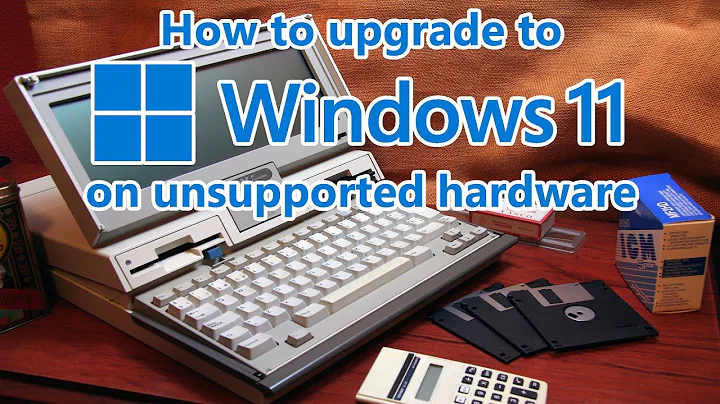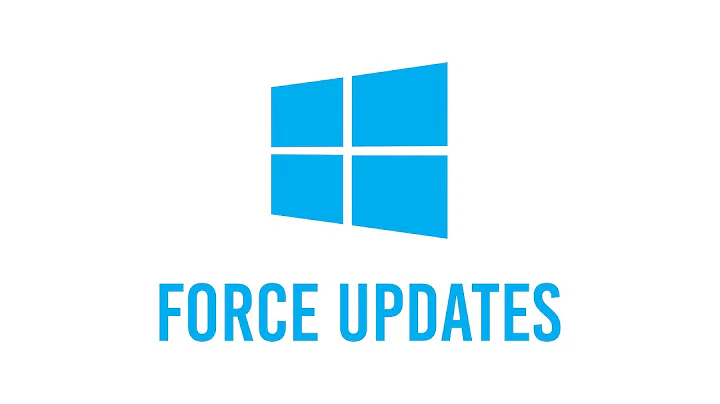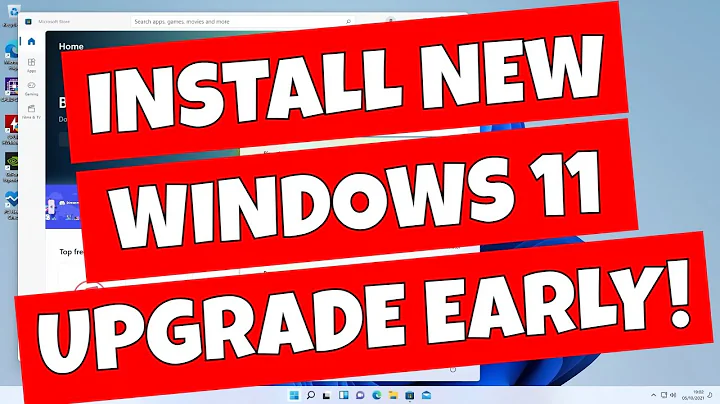Force Windows to install *all* missing updates
Solution 1
No you can not force all the updates at one time. Sometimes updates are applied to other updates. It is updating as far as it can in one go, rechecking for any newer updates that can now be applied and then repeating the cycle until you are caught up. The best thing to do is be updating more often so they don't accumulate.
Solution 2
Apparently manually checking for updates can actually find extra updates that would not normally be offered to you; you used to have to install these updates, but they've since been made optional.
https://www.howtogeek.com/413180/windows-10s-check-for-updates-button-just-got-safer/
Solution 3
Depending on the number of missing updates I would consider 3rd party software - namely WSUS Offline. It's freeware if you are concerned.
The good part is that this software greatly lessens the pain involved with updating several systems. Simply use one computer to download ALL patches for your OS and drag the whole folder to a big enough USB-stick.
Afterwards its simply the execution of the update installer which will detect the missing ones and install all of them.
Related videos on Youtube
Jey DWork
You may contact me personally at [email protected]
Updated on September 18, 2022Comments
-
Jey DWork over 1 year
When I miss at least one cumulative update on one of my Windows 10 or Windows Server 2019 installations I often get the situation that after installing seemingly all pending updates and rebooting first the Windows Update GUI says the system is up to date but as soon as I click the check for updates button it finds a whole bunch of further updates. I can install these right away without issues but that really is annoying and time consuming and also requires a second reboot right after the first one...
Is there a way to force Windows to check for all missing updates directly and force it to install them all at once?
Hitting the check for updates button manually at first (if it even is available) or
wuauclt.exe /detectnowdoesn't cut it. But maybe there is a way with PowerShell or something similar?(I'm assuming this is already answered somewhere out there but searching for it really seems hard since tons of other Windows Update topics pop up. But I'd also be grateful for any link or reference.)
-
 Admin about 4 yearsMany updates are completely unsuitable for your machine and must not be installed.
Admin about 4 yearsMany updates are completely unsuitable for your machine and must not be installed. -
 Admin about 4 years@LorenPechtel Why would that be the case? "Completely unsuitable"?
Admin about 4 years@LorenPechtel Why would that be the case? "Completely unsuitable"? -
 Admin about 4 years@1Emax I've seen updates with separate versions for Intel and AMD processors.
Admin about 4 years@1Emax I've seen updates with separate versions for Intel and AMD processors. -
 Admin about 4 years@LorenPechtel would you get to see unsuitable updates when you let windows search for updates (as op did)?
Admin about 4 years@LorenPechtel would you get to see unsuitable updates when you let windows search for updates (as op did)?
-
-
 Admin about 4 yearsOne thing you can try is purge the Windows\system32\CatRoot folder (you need rights elevation to do that; take ownership of the content, not the folder itself, if you have to) and reboot your PC. Windows Updates should automatically start looking for updates upon restart (if set to automatic).
Admin about 4 yearsOne thing you can try is purge the Windows\system32\CatRoot folder (you need rights elevation to do that; take ownership of the content, not the folder itself, if you have to) and reboot your PC. Windows Updates should automatically start looking for updates upon restart (if set to automatic). -
 jrh about 4 yearsI've seen this utility do pretty well in the past with Windows 7 (automatically rebooting probably hundreds of times while installing hundreds of updates); remember to activate Windows before running this utility, though, otherwise it will fail almost immediately.
jrh about 4 yearsI've seen this utility do pretty well in the past with Windows 7 (automatically rebooting probably hundreds of times while installing hundreds of updates); remember to activate Windows before running this utility, though, otherwise it will fail almost immediately. -
 Mark about 4 yearsThis is rather frustrating, to say the least. I've more than once spent several days going through the update->reboot->check cycle to bring a normally-offline Windows computer up to date.
Mark about 4 yearsThis is rather frustrating, to say the least. I've more than once spent several days going through the update->reboot->check cycle to bring a normally-offline Windows computer up to date. -
Jon Bentley about 4 yearsI don't understand the principle of why a requirement that updates be applied in a particular order means that they cannot be applied in a single action from the user.




